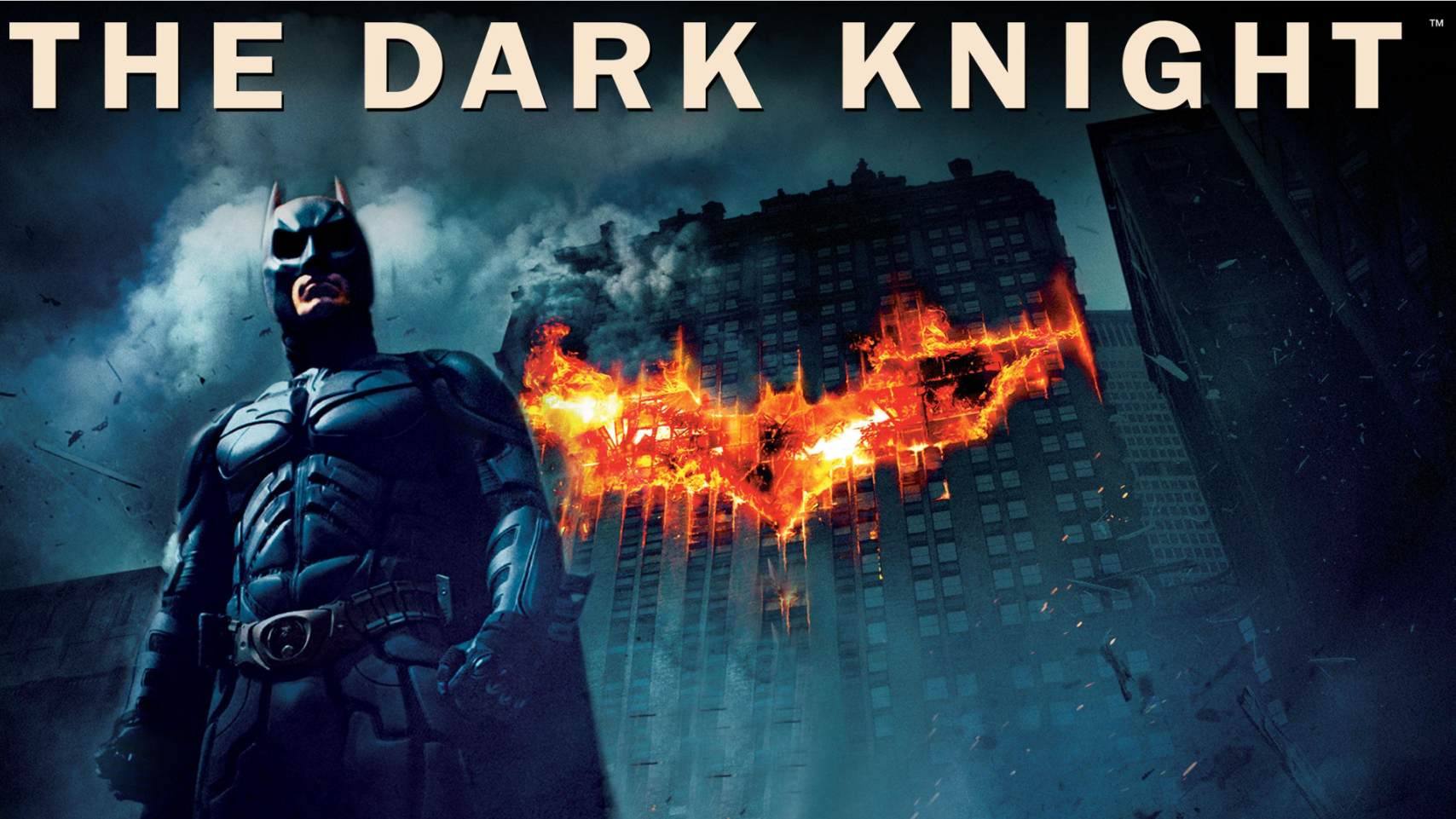Unmasking the Dark Knight: Gotham's Gritty Tale Mirroring the Realities of Urban Decay
Source: The Dark Knight
The Dark Knight
Released in 2008, Christopher Nolan's iconic masterpiece, "The Dark Knight," remains a cinematic tour de force that transcends the superhero genre, offering audiences a gripping portrayal of a city plagued by corruption, crime, and moral decay. Set in the fictional metropolis of Gotham City, the film serves as a compelling reflection of the dark underbelly that often lurks within the heart of bustling urban landscapes, drawing poignant parallels to real-world cities like New York City and their struggles with systemic corruption and social disparity.
In an HPG Networks article on the film, "The Dark Knight" is lauded for its ability to portray the pervasive grunge that permeates urban cities with high crime and corruption. The article commends the film for constructing Gotham as a tangible city, amalgamating elements from real-life urban centers such as Chicago, Detroit, and NYC. Each of these cities has its own dark histories in terms of crime, corruption, income inequality, and race relations. By drawing from these real-world influences, the movie effectively captures the complex and gritty nature of Gotham, creating a backdrop that resonates with viewers on a visceral level. Furthermore, the film is celebrated for its exploration of the social divisions within Gotham, presenting them in a realistic and relatable manner that prompts audiences to reflect on the nuanced complexities of urban life and societal disparities.
The Moral Ambiguity of Gotham
Through the lens of the enigmatic vigilante Batman, portrayed with brooding intensity by Christian Bale, the film navigates the treacherous terrain of a city besieged by organized crime and moral ambiguity. Gotham's sprawling skyline and gritty alleyways serve as a visual metaphor for the complexities of urban life, mirroring the sprawling streets and towering skyscrapers that define the landscape of New York City. As Batman grapples with the malevolent machinations of the Joker, expertly portrayed by the late Heath Ledger, the film delves into the intricacies of power, morality, and the fragility of societal order, portraying a city grappling with its own demons, much like the real-world cities that confront issues of corruption, inequality, and social decay on a daily basis.
Source: The Dark Knight
Similarities to NYC
In Christopher Nolan's 2008 film "The Dark Knight," Gotham City is depicted as a brooding, bustling metropolis teeming with diverse communities, towering skyscrapers, and a complex urban landscape that bears a striking resemblance to the dynamic and multifaceted environment of New York City. Just as New York City stands as a cultural melting pot, Gotham City similarly embodies a rich amalgamation of various cultural influences, social contrasts, and economic disparities, mirroring the vibrant tapestry that defines the essence of NYC.
Moreover, both Gotham City and New York City share a common trait in their depiction of urban challenges and societal issues, providing a stark reflection of real-world complexities within a fictional framework. The film portrays Gotham as a city grappling with crime, corruption, and social inequality, drawing parallels to the historical struggles faced by New York City in its own journey towards urban development and societal transformation. This portrayal serves as a poignant commentary on the multifaceted nature of urban life, emphasizing the intricate interplay between law enforcement, political power, and the marginalized communities that characterize the fabric of both fictional Gotham and the real-life NYC.
Furthermore, the architectural aesthetics showcased in Gotham City, with its towering skyscrapers, bustling streets, and iconic bridges, evoke a sense of familiarity reminiscent of the iconic landmarks that define the cityscape of New York. The film's visual portrayal captures the essence of Gotham's urban landscape, echoing the grandeur and complexity of New York City's architectural marvels, ranging from the towering skyscrapers of Manhattan to the historic bridges that adorn the city's skyline. This cinematic depiction not only underscores the cinematic allure of the urban setting but also reinforces the underlying connection between Gotham City's fictional portrayal and the real-world urban landscape of New York City.
Source: The Dark Knight
The Theme Of Corruption
Moreover, "The Dark Knight" underscores the pervasive impact of corruption and crime on a city's collective consciousness, portraying how even the most bustling and dynamic urban centers can harbor dark secrets and hidden dangers that threaten to undermine the very fabric of society. By skillfully weaving a narrative that combines high-stakes action with thought-provoking themes of morality and justice, the film invites audiences to contemplate the precarious balance between chaos and order, shedding light on the shadows that loom beneath the veneer of urban prosperity and glamour. As Batman's crusade against the city's criminal underworld unfolds, "The Dark Knight" serves as a poignant reminder of how even the most celebrated cities can grapple with systemic issues that mirror the complex realities of urban life, prompting viewers to ponder the delicate interplay between light and darkness within the intricate tapestry of modern civilization.
Conclusion
Christopher Nolan's 2008 rendition of Batman in "The Dark Knight" stands as a quintessential masterpiece within the superhero genre, known for its gripping narrative, complex character portrayals, and immersive exploration of moral dilemmas. By delving deep into the psyche of both hero and villain, the film presents a thought-provoking exploration of the fine line between justice and vigilantism, delving into the intricacies of human nature and the consequences of one's choices. Through its masterful storytelling, compelling performances, and stunning visuals, "The Dark Knight" has solidified its place as a cultural touchstone, leaving a lasting legacy that continues to resonate with audiences worldwide.




